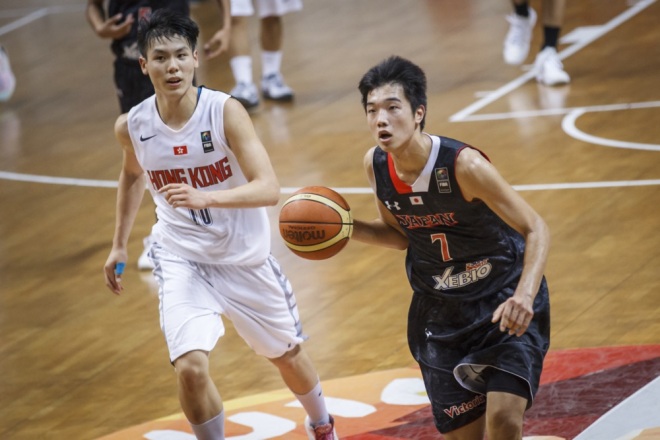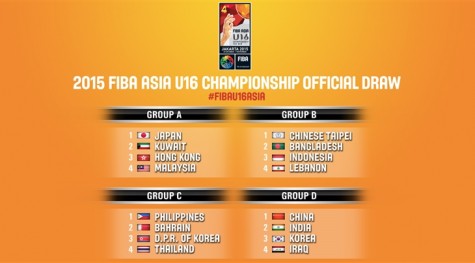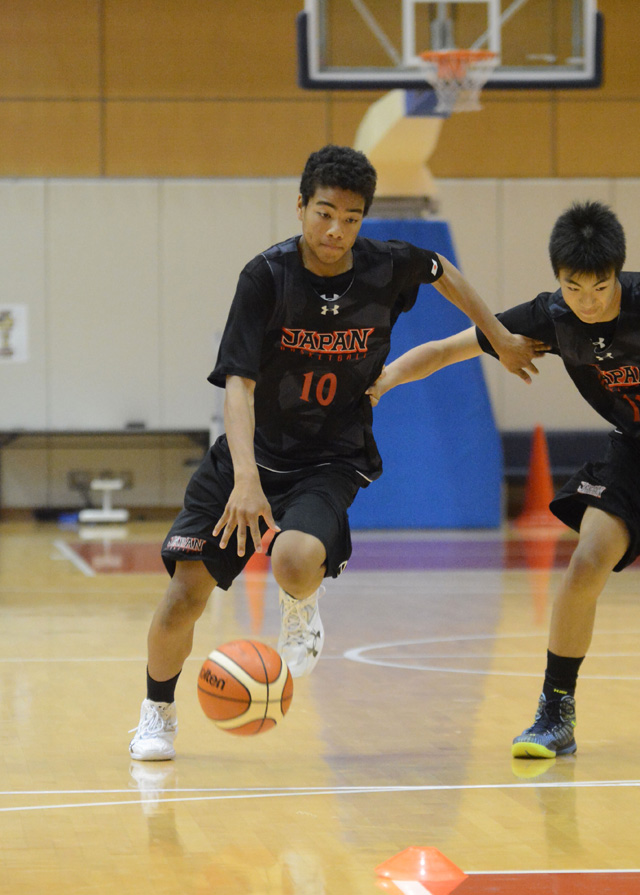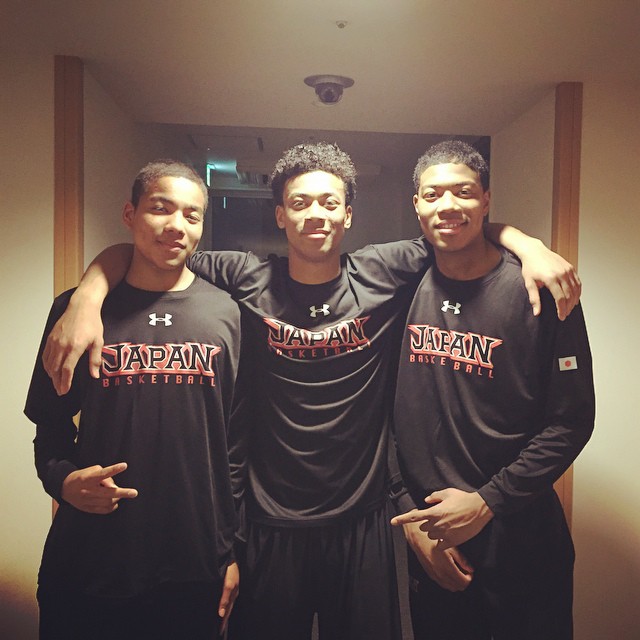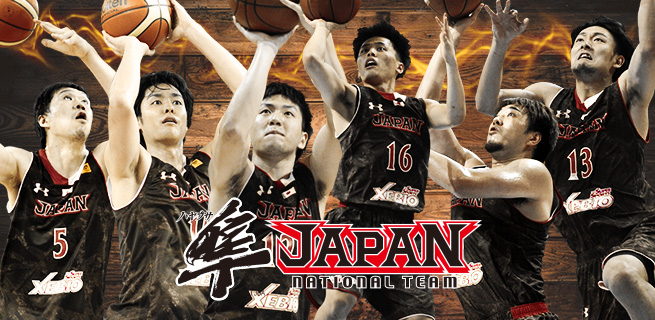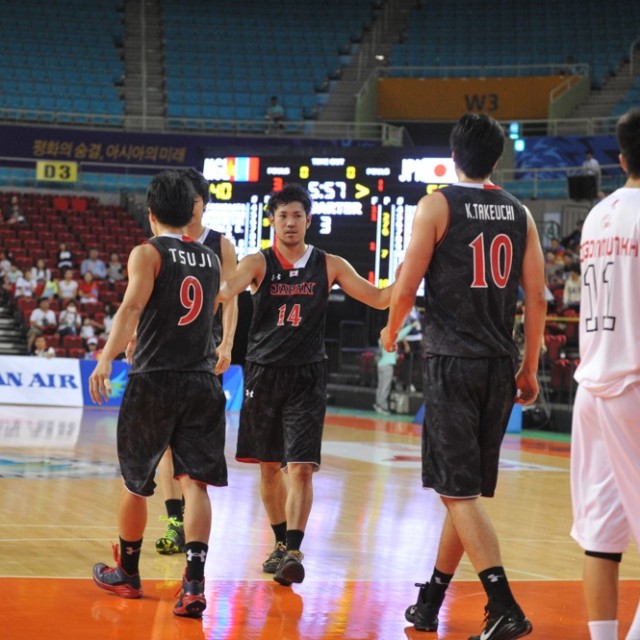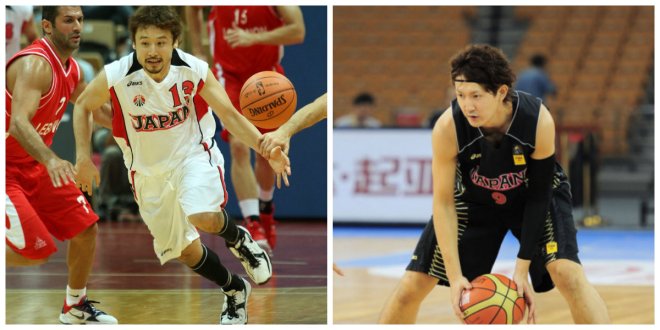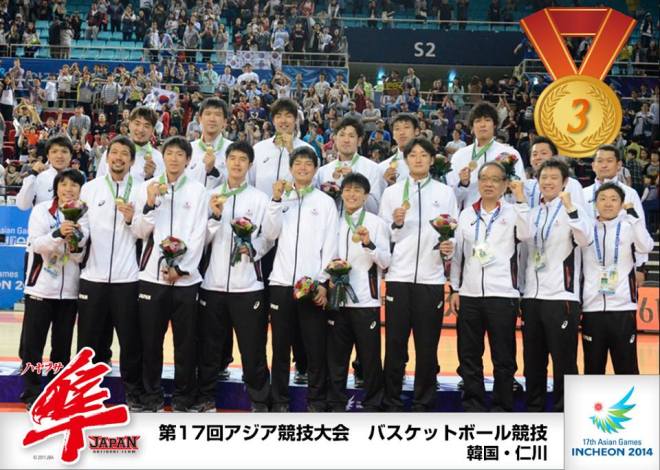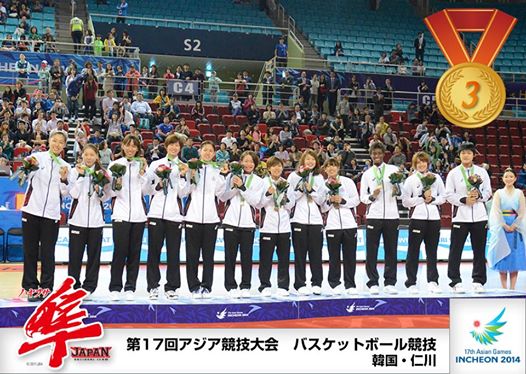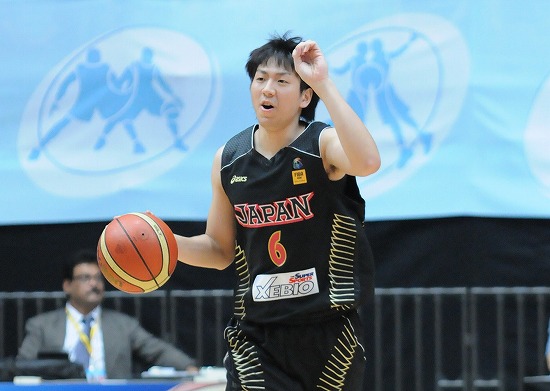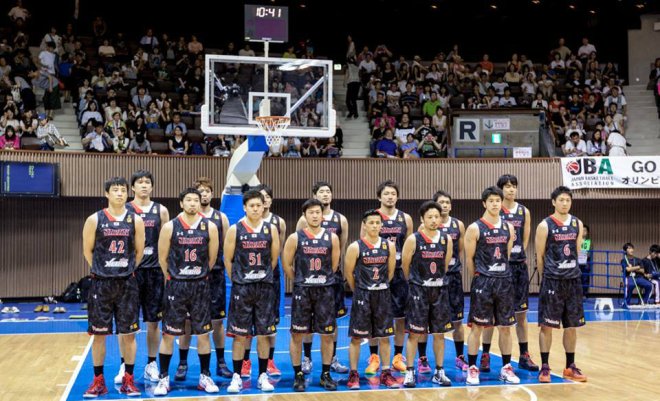
A week after FIBA has officially lifted the sanction that barred the men and women’s national teams from participating in this year’s Asian Olympic qualifiers, head coach Hasegawa is ramping up his training roster as Japan enter its last stretch of preparations for next month’s FIBA Asia tournament held in Changsha, China.
Hasegawa calls up his heavy hitters in Kosuke Kanamaru and Naoto Tsuji to see action alongside the existing national team players in the 37th William Jones Cup (Aug 29-Sep 6) that is held annually in Taiwan in which fellow Asian national teams and other invited teams participate as part of their respective international or off-season training.
The Japanese roster for the William Jones Cup this year is listed below:
Yuta Tabuse (Link Tochigi Brex)
Naoto Tsuji (Toshiba Brave Thunder)
Takumi Ishizaki (Mitsubishi Thunder)
Yuki Mitsuhara (Hitachi SunRockerz)
Makoto Hiejima (Aishin SeaHorses)
Atsuya Ota (Hamamatsu Phoenix Higashimikawa)
Ryoma Hashimoto (Aishin SeaHorses)
Kosuke Kanamaru (Aishin SeaHorses)
Joji Takeuchi (Hitachi SunRockerz)
Keijuro Matsui (Toyota Alvark)
Gaku Arao (Chiba Jets)
Daiki Tanaka (Toyota Alvark)
Takatoshi Furukawa (Link Tochigi Brex)
Rui Hachimura (Mesei Highschool)
Ryumo Ono (Chiba Jets)
Kenta Hirose (Hitachi SunRockerz)
The team is composed of veterans and young stars. Oldest is team co-captain Yuta Tabuse at 34 years of age while the youngest is 17 year old Rui Hachimura who played in last year’s FIBA U17 World championships that was held in Greece. Hachimura also participated in this year’s Jordan Brand Classic that allowed scouts from NCAA division I schools to get a further look of the young man’s on-court credentials. Hachimura despite failing to make the Japan rosters bound for the Atlas 8 Nations tournament in China, the European training and the Czech Republic select team three game exhibition series, had paid his dues with hard work and consistency in practice. With each cut, head coach Kenji Hasegawa would re-assure the young man that his time will come. Indeed, his time is nearing as he is bound for the Jones Cup as a part of the team full of stars that he still looks up to.
“This feels unreal,” said Hachimura in an interview with Yahoo.jp as he was in disbelief that he is teammates with players like Kosuke Kanamaru and Kenta Hirose. “I am used to watching them, but when I got called up to the national team, I am living a dream of playing for Japan,” said the ecstatic young man who will don the senior Hayabusa jersey for the first time.
For Naoto Tsuji, he was supposed to rest and recover while the team plays in the Jones Cup. But when youngster Yuki Togashi was offered a tryout contract in Italy, Tsuji was called up as Hasegawa granted Togashi his blessing in pursuing the path that Takumi Ishizaki took when the latter was playing in Germany.
This version of Japan has a front-court rotation that is heavy on the wings but has a shortage in big men to provide interior defense and rebounding as per the depth chart of the team below:
PG – Tabuse, Ishizaki, Hiejima, Hashimoto
SG – Kanamaru, Tanaka, Furukawa, Tsuji, Matsui
SF – Ono, Hirose, Hachimura
PF – Mitsuhara, Arao
C – Takeuchi, Ota
According to head coach Hasegawa as quoted by the JBA, Japan cannot yet match the height of several Asian teams but they can remain competitive by means of utility that harnesses the team’s strengths in: speed, shooting and mobility. The said team’s strengths are found in Japan’s quick playmaking guards and abled shooting wings that is a recipe for the “small ball” tactic that Hasegawa has been working this summer. While there are plenty of guards and shooters on the wings, Japan this summer is having a shortage of big men. First, Kosuke Takeuchi is skipping national team duties for now. Yuta Watanabe is back in the United States and will not play in the Olympic qualifiers and Tenketsu Harimoto is recovering from an injury that kept him out of the Jones Cup bound team. The shortage of big men is also consequential to the small ball rotation that Hasegawa plans to test in the Jones Cup.
Joji Takeuchi and Atsuya Ota are the tallest in the team, with both standing 206cm. The main power forwards are also undersized with Chiba’s hardworking Gaku Arao and Hitachi’s Yuki Mitsuhara being the rotation. That is a front-court that is thin with each position having only a primary backup.
Under Hasegawa’s small ball, small forwards such as Ryumo Ono and Rui Hachimura will see minutes at the power forward spot. Both are no stranger to playing the position one slot up as Ono plays both small forward and power forward in his years in the NBL. Hachimura played any of the five positions at one point for Mesei, his power forward experience that held the most significance was in the 2013 FIBA U16 and FIBA U17 tournaments that pitted him against taller and stronger players that are also mobile as Japan. Against bigger and more experienced competitors against other Asian teams in the Jones Cup, Hachimura will chalk this one up as another learning experience.
While the front-court is at a shortage, the guards and wings are plenty for small ball to thrive. The team has four pure point guards to run Hasegawa’s pick and roll small ball offense. Naoto Tsuji plays both point guard and shooting guard position for Toshiba. He is the fifth point guard set in the rotation but he is also fixed to be either the second or third option at shooting guard; headlined by NBL finals MVP Kosuke Kanamaru and breakout superstar Daiki Tanaka.
The shooting guards for this team can be leveled up to the small forward positions. This means that under small ball, Kanamaru, Tanaka, Furukawa and can all play small forward and still retain their strengths without compromising defensive match ups. Keijuro Matsui will not play small forward as he is set to be a rotation shooter who’s only job is to navigate the offense by curling out of screens and getting into position for his catch and shoot game. The beauty of Kenta Hirose’s game is that he plays small forward and can still slide down to shooting guard. Although the veteran has lost a bit of speed, he can still slash to the basket and pull up with those transition daggers in which he thrived on early in his career.
Fourteen of the sixteen players all can hit the three with the only exception being Arao and Ota. With Hasegawa’s pick and roll offense, big men must set screens for the guard dribble entry to set creative plays either with either dishing it off quickly to a flank shooter curling off another screen or reward the screening bigman with a ping pass for a wide open jumpshot. This is why it is imperative that big men under Hasegawa’s offense must be able to shoot outside given the opportunity as they are essentially the pressure release valves that frees up the interior lanes as they draw the opposing big men out of the paint that will be more vulnerable to a either a baseline attack or a cutter for an easy basket.
Conditions are set for Japan’s small ball. Being it consequential or Hasegawa’s deliberate approach basing on the mentor’s vision of a successful team, there is no denying that Japan is an underdog that will enter the tournament with low expectations. For the past two years, Japan has struggled in the said tournament. Japan finished seventh and ninth in 2013 and 2014 respectively, accumulating a record of two wins and eleven losses in two years, even losing to the Chinese Taipei B team last year despite the latter being picked as the weakest of the teams among the participants in the Jones Cup last year. Despite the last placed finish in the Jones Cup last year, all is forgiven as Hasegawa managed to bag the bronze medal in the Incheon Asian Games, giving hope once more for Japan’s basketball future as we march into the years leading to the Tokyo 2020 Olympics.
For this year, Hasegawa and the team is not aiming to win the Jones Cup. They will use the tournament as a testing ground for combinations and in scouting the opposition. Rotations must be finalized with the best personnel as much as possible to run it and the coaching staff must be given the knowledge of the opposing team’s strengths and weaknesses given their respective structures containing players of each teams. This will arm team Hayabusa with the final tools needed as they enter the last phase of their preparation before competing in next month’s FIBA Asia.
This year’s William Jones Cup has a world cup feel to it as teams like Iran, the Philippines and South Korea participated in the FIBA World Cup last year. Chinese Taipei will field an A team and a B team as always while the Wellington Saints from New Zealand, a Russian select team, a United States team composed of professionals players alongside Japan completes this year’s Jones Cup tournament.
image courtesy of ABOVEMG.
